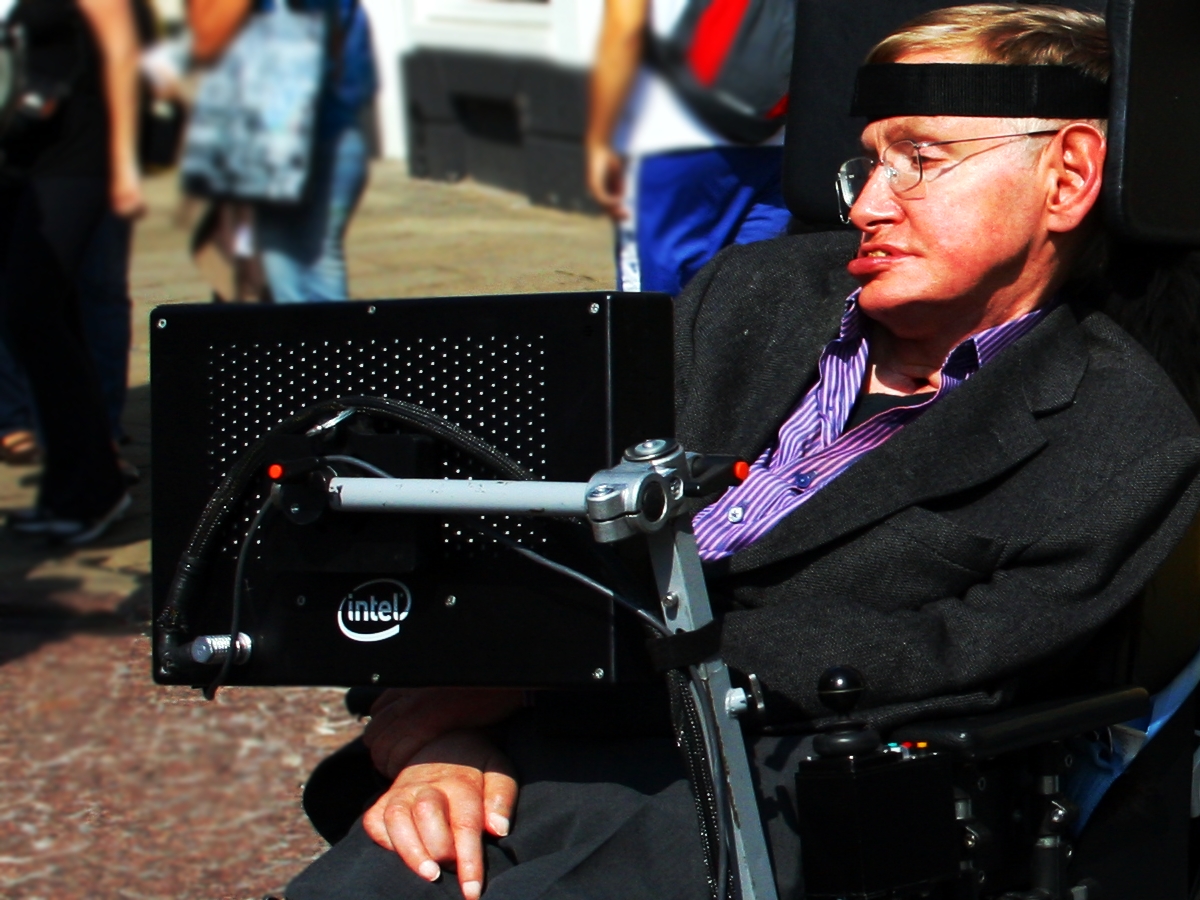Media release
From:
Vigorous physical activity may be linked to heightened risk of motor neurone disease
Possible trade-off for many benefits of exercise on other aspects of health, ask researchers?
Vigorous physical activity, either in leisure time or in work, may be linked to a heightened risk of developing motor neurone disease, also known as amyotrophic lateral sclerosis, or ALS for short, suggests research published online in the Journal of Neurology Neurosurgery & Psychiatry.
The “new class 1 evidence” prompts the researchers to speculate whether ALS might be a trade-off for the many well known benefits of physical exercise on other aspects of health.
ALS is a progressive, fatal neurodegenerative disease for which there is currently no treatment. Genes account for a proportion of cases, but a role for environmental factors, including physical activity, has also been mooted.
But the evidence to date has been inconclusive, possibly because of the differences in research design and methods, say the researchers.
In a bid to try and plug this gap, they compared the lifestyles of 1557 adults newly diagnosed with ALS in their mid 60s in Ireland, Italy, and The Netherlands with those of 2922 similarly aged people who didn’t have the condition.
Each of the participants provided details of their educational attainment; lifestyle, including smoking and alcohol intake; employment history; and lifetime physical activity levels (weekly leisure and workplace quotas).
Physical activity was measured in Metabolic Equivalent of Task (MET) minutes. These express the amount of energy (calories) expended per minute of physical activity.
Analysis of the data showed that lifetime physical activity was associated with a heightened risk of ALS, after taking account of potentially influential factors, such as age, sex, smoking and alcohol intake, and other potential workplace exposures.
The heightened risk was 6 percent for leisure time activities; 7 percent for workplace activities; and 6 percent for all activities combined.The associations were strongest among the Italian and Irish participants.
And the higher the MET score, the greater was the risk of ALS, which adds weight to other studies describing a higher prevalence of motor neurone disease among former professional athletes, say the researchers.
This is an observational study, and as such, it can’t establish causation. It was also based on recall, and factors such as diet, trauma or some metabolic or energy deficit induced by activity can’t be ruled out, say the researchers.
“An [increased risk of 6%] for all activities combined can be translated into a 26 percent increase in risk when comparing a person who is more active than average and a person who is less [so],” they explain.
While exercise is not likely to be a major factor in the development of ALS, this level of increased risk might be important in those who are genetically predisposed, they suggest.
“Overall, [physical activity] has been demonstrated to be protective against many diseases, including cardiovascular disease, diabetes, and a variety of cancers,” they point out, and suggest that “Decreasing the risk of these common conditions may be a trade-off with increasing the risk of a relatively rare disease such as ALS.”
In a linked editorial, Professor Michael Swash, of the Royal London Hospital, emphasises that there are “no simple answers” for the potential role of environmental factors in the development of ALS.
“Although it is tempting to construct an hypothesis linking physical activity with increased [central nervous system] excitotoxicity in susceptible persons and, therefore, an increased risk for the onset of ALS, a disorder long recognised to be associated with CNS excitotoxicity, any such suggestion is, at present, purely hypothetical,” he cautions.
“Nonetheless, the data are intriguing and deserve closer investigation on a case-by-case basis,” he adds.
Expert Reaction
These comments have been collated by the Science Media Centre to provide a variety of expert perspectives on this issue. Feel free to use these quotes in your stories. Views expressed are the personal opinions of the experts named. They do not represent the views of the SMC or any other organisation unless specifically stated.
Dr Albert Lee is a research fellow and lecturer in the Department of Biomedical Sciences at Macquarie University
The scope of this class I study was to determine whether there was any relationship between physical activity and increased risk of ALS.
This was based on several cases of athletes (such as Lou Gehrig) and a number of professional American football players being diagnosed with ALS. This study was well designed and established an increased overall risk of 26% when all physical activities were combined for statistical analyses, despite physical activity alone not being a major factor in the development of ALS.
One suggestion was that increased physical activity may cause increased excitotoxicity [when nerve cells are damaged or killed by excessive stimulation by neurotransmitters - Ed] in susceptible people, which can lead to ischemia and central nervous system trauma, thereby increasing patient risk.
However, if assessing physical activity as a parameter of increased risk, to my knowledge, there has not been a recent case of an NBA basketball player, who are also elite athletes, diagnosed with ALS.
The results are intriguing, however it would require closer inspection and further research to conclusively determine whether physical activity directly contributed to the development of ALS. This study will help scientists in how we approach our research to investigate the causes of ALS.
For Australians, the jury is still out there whether physical activity is directly responsible for increased risk of ALS development.



 International
International



